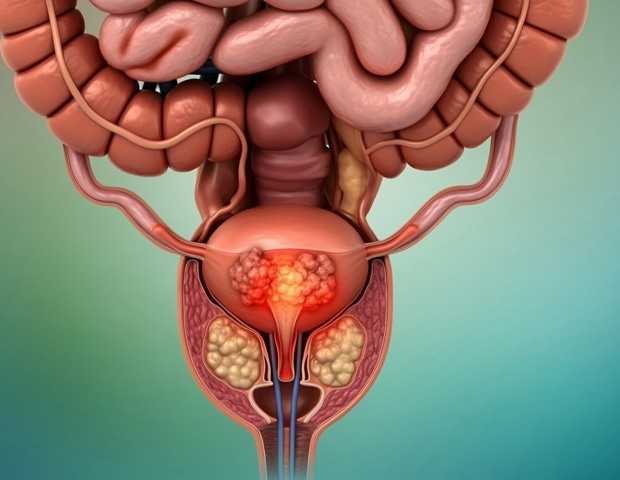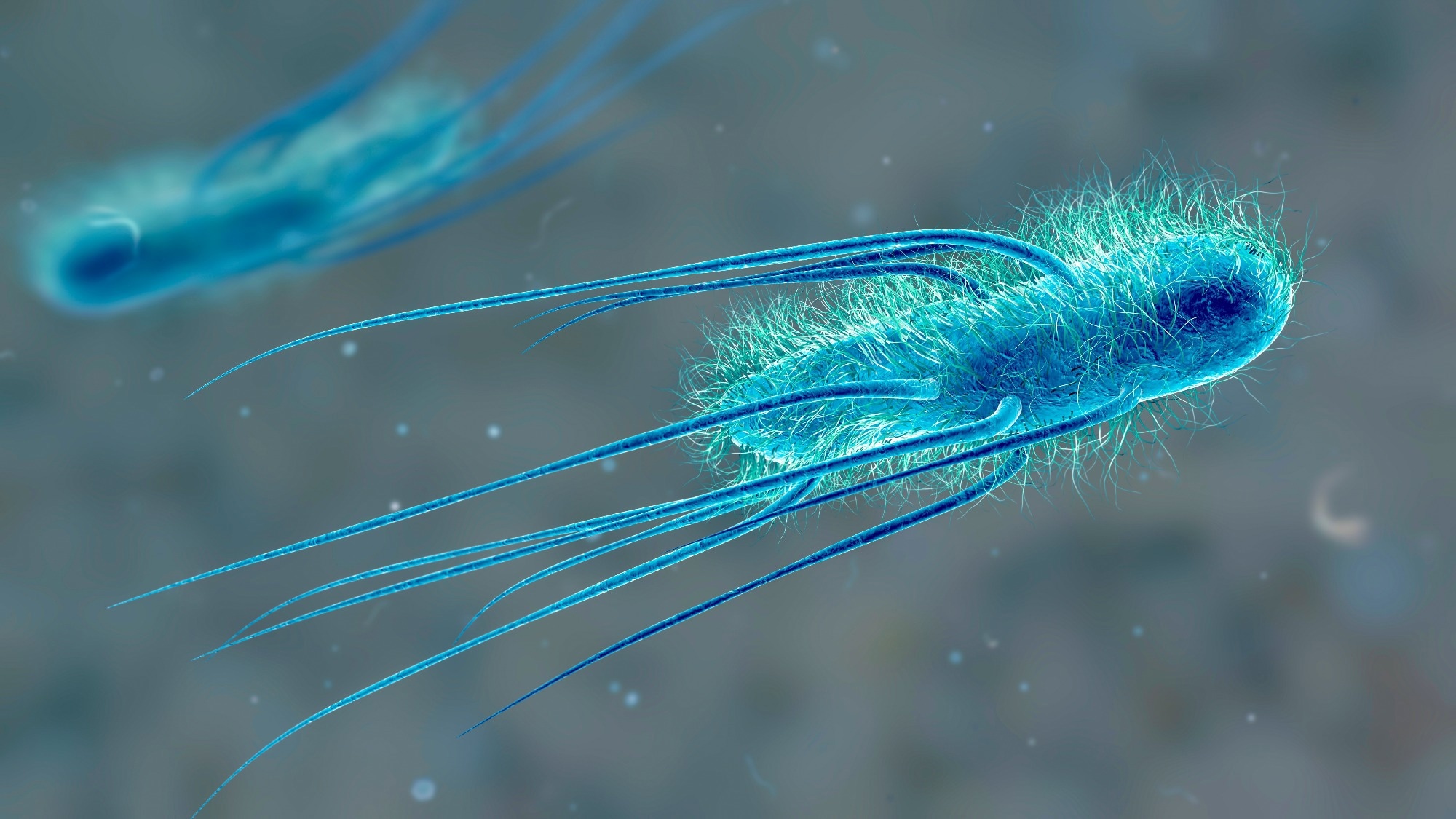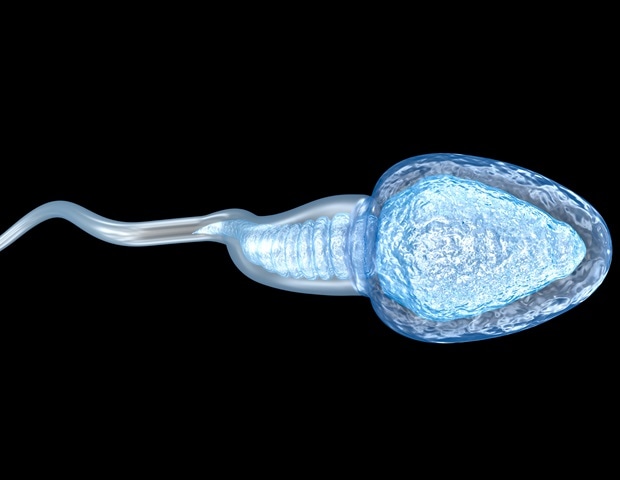Salicylic acid, a commonly used skincare and pain medication ingredient, could now also be used to treat blood cancers, according to new research.
October 14, 2025 by Futurity Leave a Comment

Two millennia after Hippocrates used willow bark to ease pain and fever, researchers at the Texas A&M University Health Science Center (Texas A&M Health) have transformed its key ingredient—salicylic acid—into a molecular “remote control” that can turn therapeutic cell functions on or off.
In the new study, Yubin Zhou and Yun Huang with the Texas A&M Health Institute of Biosciences and Technology used this technology—called Salicylic Acid-Mediated Binary Association (SAMBA)—to combat two common blood cancers: acute lymphoblastic leukemia and B cell lymphoma. Blood cancers account for approximately 10% of new cancer diagnoses each year.
SAMBA uses salicylic acid, or aspirin, which is a cost-efficient and widely available drug for therapeutic use, making it a promising alternative to more complex or expensive forms of cancer immunotherapy.
Immunotherapy—which uses the body’s own immune system to seek out and kill cancer cells—has been used since 1891 for bone cancer. But innovations like SAMBA are helping researchers make it safer and more effective.
SAMBA technology works by engineering CAR T cells so their cancer-killing activity can be turned on or off simply by giving or withholding salicylic acid, allowing doctors to precisely control when the treatment is active. In laboratory studies, SAMBA-equipped CAR T cells only destroyed cancer cells when salicylic acid was present. Stopping the salicylic acid “switch” caused the immune cells to pause their attack, offering a new safety layer over traditional CAR T cell therapy.
“Much like playing with a Transformer toy, where you can quickly flip between a car and a robot, we’re trying to recreate that quick switch so we can better control the immune cells and make them behave the way we want them to behave,” Zhou says.
“We developed a few tools over the last few years and engineered the elements into immune cells. You take the CAR T cells from the patient, then you engineer them, teach them new tricks and infuse them back into the patient. Once they are infused, without SAMBA they are non-functional, but using the SAMBA system and the aspirin, you can switch it on and off once the drug is being metabolized.”
The research showed treatment with the SAMBA-engineered CAR T cells and salicylic acid provided the best outcomes. The tumors shrank the most with this combination, and subjects experienced longer survival. Unlike other CAR T treatments, this approach reduced dangerous immune overreactions known as cytokine release syndrome—a common and serious side effect in current therapies—by creating and activating circuits, similarly to how light switches work.
“Cytokine storm, or cytokine release syndrome, can occur when excessive activation of T cells triggers uncontrolled production and release of pro-inflammatory cytokines, which can lead to life-threatening toxicity,” Zhou says.
“But if you can put a switch there, you can slow it down and fine tune the activity to reduce the risk. If cytokine storm does happen, we can withdraw the drug and close the circuit, since it is conditionally active.”
Although the treatment is not 100% successful, the researchers say SAMBA showed significant improvements in outcomes and showcases a significant breakthrough in cancer treatment. The are hopeful this method can be expanded beyond blood cancers in the future.
“Looking ahead, SAMBA’s modular architecture provides a flexible framework for improving control and safety in both cell- and antibody-based therapies, with the potential to extend its use beyond blood cancers to other disease settings,” Huang says.
The research appears in Nature Chemical Biology.
The team has filed a US patent application for commercialization and made the reagents available to academic researchers to encourage broader use and collaboration.
Support for this work came from the National Institutes of Health and the Cancer Prevention and Research Institute of Texas (CPRIT).
Source: Texas A&M University
—
This post was previously publis hed on FUTURITY.ORG and is republished here under a Creative Commons license.
—
If you believe in the work we are doing here at The Good Men Project, please join us as a Premium Member today.
All Premium Members get to view The Good Men Project with NO ADS.
Need more info? A complete list of benefits is here.
—
Photo credit: iStock.com
About Futurity
Futurity features the latest discoveries by scientists at top research universities in the US, UK, Canada, Europe, Asia, and Australia. The nonprofit site, which launched in 2009, is supported solely by its university partners in an effort to share research news directly with the public.

.jpeg)

























.jpeg)











 English (US) ·
English (US) ·